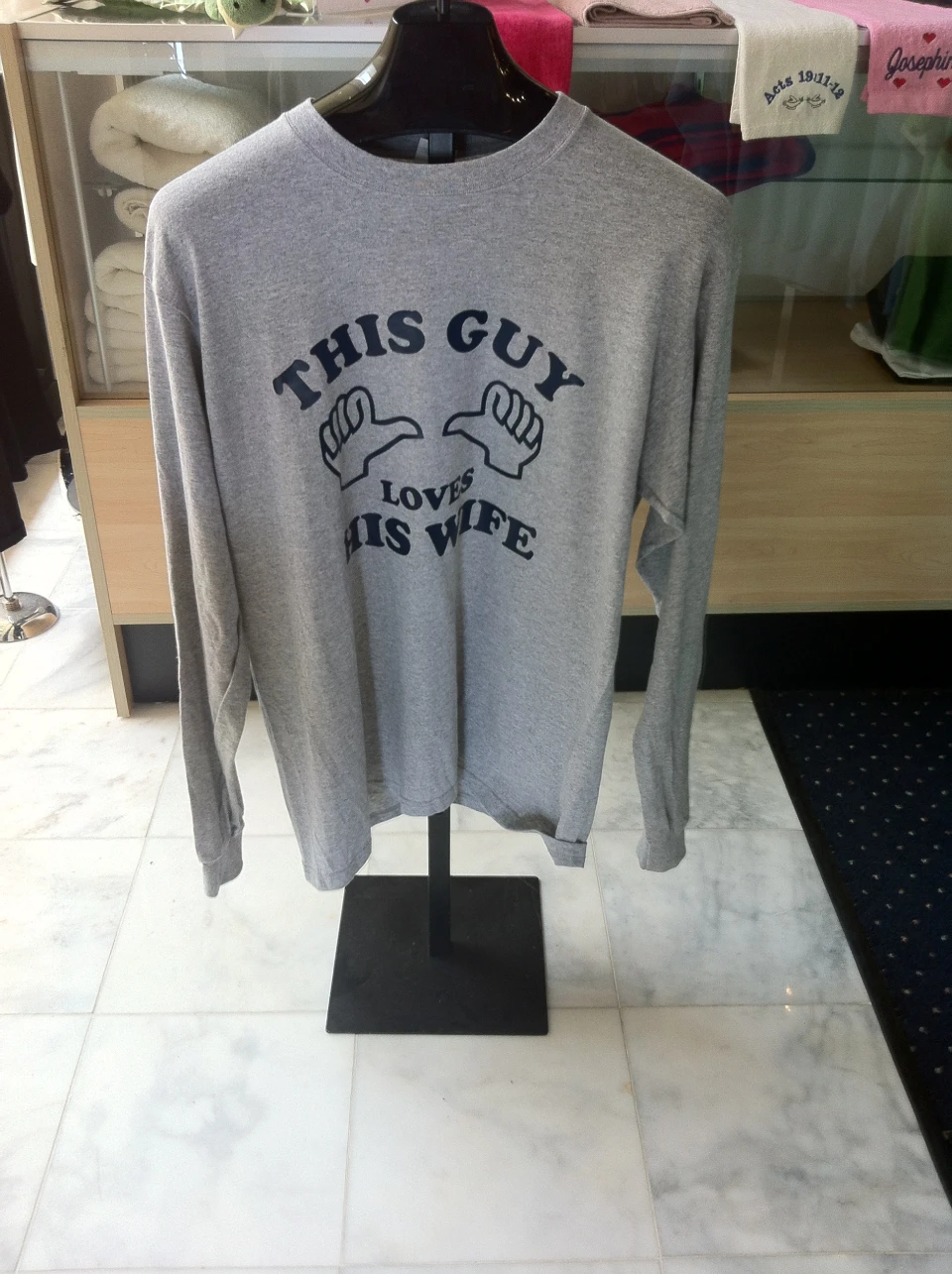Personalized Scrubs with Embroidery for a Specialist Look
Personalized Scrubs with Embroidery for a Specialist Look
Blog Article
The Art of Custom Embroidery: Unlocking the Secrets to Creating One-of-a-kind and Remarkable Layouts
Needlework, a craft steeped in practice and virtuosity, holds within its complex stitches the power to change textile right into a canvas of distinct expression. The secrets to producing personalized needlework layouts that captivate the eye and leave a long-term impression hinge on a delicate balance of method, imagination, and focus to information. As we look into the globe of custom-made embroidery, we discover the nuanced interaction in between string choice, stitch complexity, and layout personalization that raises a plain garment to a work of art. Join us on a journey with the art of custom-made embroidery as we untangle the enigmas behind crafting truly unforgettable and distinctive productions.
Choosing the Right Needlework Threads
When choosing needlework strings, what crucial variables should you consider to make sure the finest outcomes for your custom-made styles? The selection of needlework string is important in establishing the last end result of your stitched layout.
In addition, the weight or thickness of the string plays a considerable function in the appearance of the embroidery. Thicker strings can include dimension and appearance to your style, while finer threads are optimal for intricate information and tiny text. In addition, considering the color fastness and washability of the string is critical to guarantee that your custom-made layouts maintain their quality and vibrancy over time. By meticulously assessing these elements and picking premium strings that meet your certain requirements, you can enhance the aesthetic charm and longevity of your embroidered creations.
Checking Out Various Stitch Techniques
To delve right into the world of 'Discovering Various Stitch Strategies', one must understand the ins and outs and subtleties that each stitching technique brings to the art of needlework. Various stitch methods not only add aesthetic rate of interest however also add to the total structure and measurement of the layout. One prominent stitch strategy is the satin stitch, which includes closely stuffed parallel stitches to produce a smooth and glossy surface area, suitable for filling out forms and producing strong outlines.
On the other hand, the backstitch is a flexible strategy typically made use of for outlining and including great details. It entails stitching backwards to produce a solid line of needlework. In addition, the French knot stitch includes a tactile element to styles, perfect for producing textured accents like flower centers or attractive touches.
Exploring different stitch techniques enables embroiderers to play with light, darkness, and deepness within their designs, raising the aesthetic charm and imaginative quality of their needlework projects. By grasping numerous stitching methods, one next page can unlock endless opportunities for creating unique and unforgettable customized needlework items.
Incorporating Personalized Style Aspects
Having actually checked out the details of various stitch techniques such as the satin stitch, backstitch, and French knot, the emphasis currently changes in the direction of incorporating tailored style aspects in custom-made needlework projects. Customized style components play an essential role in making needlework jobs truly special and remarkable.
Another method to incorporate individualized design elements is by including symbols or motifs that hold special meaning to the recipient or mirror their rate of interests and character. Integrating a preferred blossom, pet, or hobby-related icon can make the embroidery style extra meaningful and personalized. Additionally, picking colors that resonate with the recipient or line up with the designated style can even more boost the customization of the embroidery project.
Understanding the Art of Color Control
One trick element of shade coordination is recognizing color theory. This consists of knowing exactly how various colors engage with each other, the feelings they communicate, and how they can be incorporated to produce visually enticing layouts. By using shade theory concepts, embroiderers can create harmonious shade combinations that boost the overall look of the layout.
Additionally, paying focus to comparison is site here critical in color control. Using contrasting colors can aid particular elements of the layout pop, improve legibility, and create an aesthetically dynamic needlework item. By understanding the art of shade sychronisation, embroiderers can raise their designs and create memorable items that reverberate with customers and audiences alike.
Enhancing Texture With Advanced Embroidery Stitches

French knots, as an example, are best for including little, increased dots to your style, simulating the appearance of grains or producing a textured surface area. Bullion knots, on the various other hand, can be made use of to create twisted, ropelike components that include a luxurious feel to the last minute alterations near me needlework. Seed sewing entails little, scattered stitches that can complete areas with a speckled structure, while turkey job develops fluffy, dimensional accents similar to animal fur or vegetation. Trying out these sophisticated embroidery stitches enables you to press the limits of traditional embroidery and produce really unique and aesthetically enticing structures in your designs.
Conclusion
Finally, the art of customized embroidery involves a combination of selecting the appropriate strings, checking out different stitch techniques, including tailored style elements, mastering color sychronisation, and boosting appearance with sophisticated stitches. By comprehending and implementing these essential elements, embroiderers can create one-of-a-kind and memorable designs that display their creative thinking and ability. Embroidery fanatics can unlock the tricks to producing attractive and bespoke pieces that stick out and leave a lasting impression.
Report this page